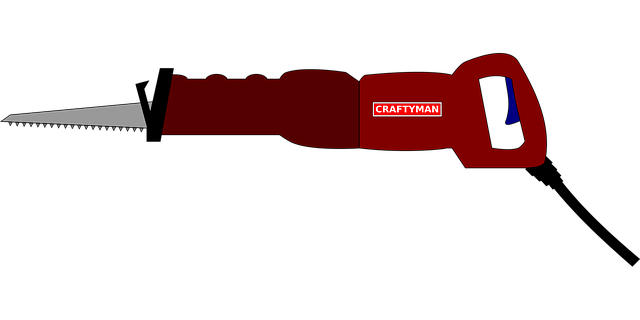Safe wildlife removal is crucial as human habitats encroach on natural spaces. Professional experts identify species, assess risks, and employ humane capture methods like live traps and one-way doors, collaborating with conservation organizations for unharmed transport and release. Persistent invasions or aggressive behavior signal the need for professional services that use specialized tools and knowledge for tailored, stress-free animal relocation. Local authorities regulate safe practices, educate residents on coexistence, and provide expert teams for handling problematic species. Preventing conflicts involves securing trash, trimming trees, using natural repellents, and implementing barriers. Proactive home preparation includes securing trash bins, trimming shrubs, installing screens, sealing dens, repairing holes, storing food securely, and cleaning up spilled pet food. Professional wildlife removal services handle common problem animals like squirrels, raccoons, and opossums with humane methods, offering advice on entry point sealing. Ethical practices balance human safety, property protection, and animal preservation, with professionals adhering to local regulations and using non-lethal deterrents. After successful removal, habitat restoration involves damage assessment, cleaning, replanting native vegetation, rebuilding structures, and enhancing the environment for native wildlife return.
In many cases, safe wildlife removal involves a delicate balance between human coexistence and animal welfare. This comprehensive guide delves into best practices for handling encounters with wild animals, emphasizing non-lethal solutions. From understanding when professional help is crucial to ethical considerations post-removal, we explore strategies for minimizing conflicts. Learn about humane trapping techniques, the role of local authorities in wildlife management, and proactive steps to prepare your home. Master skills to deal with common problem animals and contribute to a harmonious coexistence with our furry neighbors.
Understanding Safe Wildlife Removal Practices

Safe wildlife removal is a crucial practice, especially as human habitats continue to encroach on natural spaces. It involves the responsible and humane relocation of animals from homes or buildings back to their appropriate outdoor environments. This process requires understanding local animal behavior, species-specific needs, and the best methods for capturing and transporting these creatures without causing them harm.
Professional wildlife removal experts are trained in identifying different species, assessing potential risks, and using appropriate tools and techniques. They employ non-lethal strategies whenever possible, ensuring that animals are not harmed during the removal process. This includes utilizing live traps, one-way doors, and other humane capture methods. After capturing an animal, they carefully transport it to a suitable release site, often in collaboration with conservation organizations or wildlife sanctuaries.
Identifying When Professional Help is Necessary
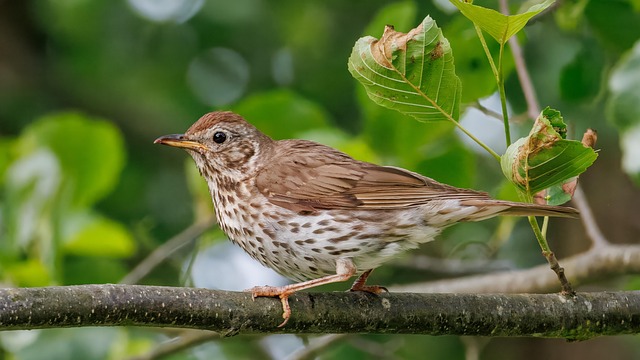
Sometimes, dealing with wildlife in your surroundings can be a manageable task for homeowners. However, certain situations call for professional intervention to ensure both the safety of your family and the well-being of the animals involved. Identifying when to seek expert help is crucial for effective wildlife removal.
Signs that indicate professional assistance are persistent animal invasions, aggressive behavior from wildlife, or the presence of sick or injured creatures. In such cases, it’s essential to contact licensed wildlife removal experts who have the necessary tools and knowledge to handle these situations safely and humanely. They can provide solutions tailored to specific species and habitats, ensuring minimal distress for all parties involved in the process of wildlife removal.
Humanely Traps and Relocates Animals
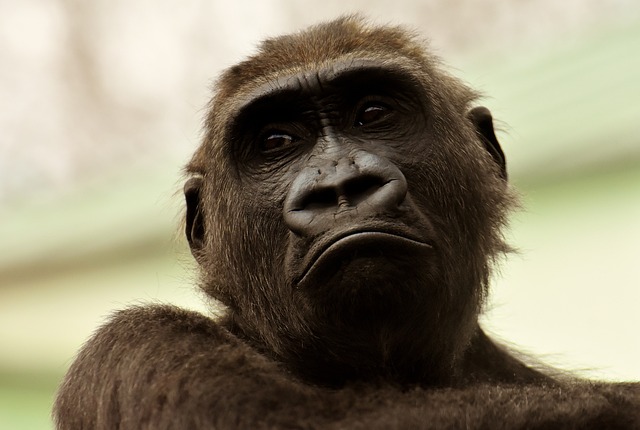
When it comes to wildlife removal, humane trapping and relocation is a critical component ensuring the safety of both animals and humans. Traditional methods often cause stress or harm to the creatures involved, but modern techniques offer a more compassionate approach. Specialized traps designed for specific species allow for safe capture while minimizing distress.
Professional wildlife removal services employ skilled technicians who understand animal behavior. They carefully assess each situation, using the right equipment and strategies to trap and relocate animals without causing injury. This not only respects the well-being of the creatures but also prevents potential damage to properties during attempted escapes or returns.
The Role of Local Authorities in Wildlife Management
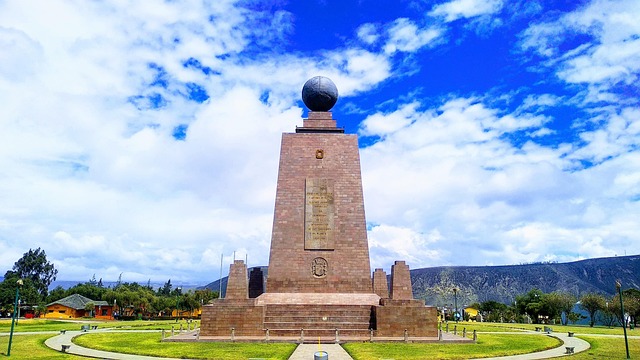
Local authorities play a pivotal role in ensuring safe and effective wildlife removal practices, especially as urban areas expand into natural habitats. These entities are responsible for developing and enforcing regulations that govern the interaction between humans and wildlife, aiming to maintain ecological balance. They often provide guidance and resources to residents on coexisting with wild animals, offering solutions for situations where human-wildlife conflict arises.
Through specialized teams or partnerships with experienced wildlife removal experts, local governments can handle situations involving problematic animals safely and humanely. This includes trapping and relocating at-risk species, addressing concerns related to invasive species, and offering education campaigns to raise awareness about responsible wildlife management. Their involvement is crucial in preventing the harm caused by both wild and domestic animals, promoting a harmonious relationship between communities and nature.
Preventing Unnecessary Wildlife Conflicts
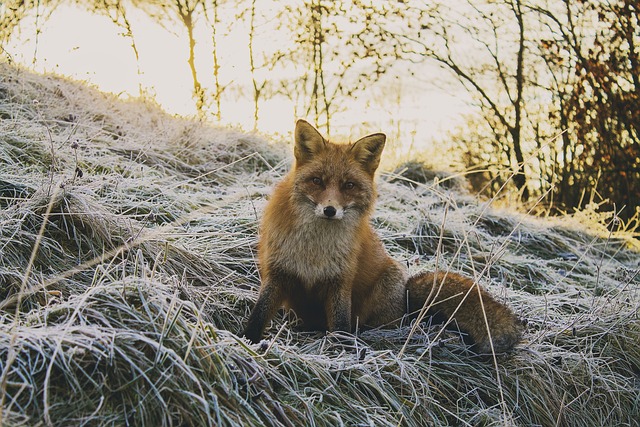
Preventing unnecessary wildlife conflicts is a key aspect of safe wildlife removal practices. Many conflicts arise due to human-wildlife interaction, often caused by animals seeking food or shelter in residential areas. To mitigate these issues, it’s essential to secure trash cans, store food securely, and maintain proper landscaping. Trimming trees and shrubs can reduce hiding spots for pests, while using natural repellents can deter wildlife from entering homes or gardens.
Homeowners should also be mindful of creating barriers that prevent wildlife from gaining easy access to their properties. Fences, especially those designed with wildlife in mind, can effectively keep certain species at bay. Additionally, educating oneself about local wildlife habits and behaviors can go a long way in preventing conflicts. Understanding migration patterns, feeding times, and preferred habitats allows individuals to take proactive steps to coexist peacefully with these natural visitors.
Preparing Your Home for Potential Encounters

Preparing your home for potential encounters with wildlife is a proactive step in ensuring safe wildlife removal. This involves taking measures to make your space less appealing to wild animals, while also creating safer living conditions for both you and the creatures. One effective strategy is to secure your trash bins with tight-fitting lids, as odours can attract various species. Trim trees and shrubs around your home, removing any branches that could serve as easy entry points. Screens on windows and doors are essential, particularly in areas known for specific wildlife activity.
Additionally, sealing off potential dens or nesting sites can deter animals from taking up residence in your home. Keep vents and chimneys covered, and repair any holes or cracks in walls or foundations. Inside, keep food stored securely, and clean up any spilled pet food immediately. These simple precautions not only make your home less inviting to wildlife but also promote a harmonious coexistence between humans and nature.
Dealing with Common Problem Animals

When it comes to safe wildlife removal, dealing with common problem animals is a significant aspect. Animals like squirrels, raccoons, and opossums often find their way into homes, causing damage and posing health risks. In such situations, professional wildlife removal services become indispensable. These experts are trained to handle these critters humanely, ensuring the safety of both the animals and the residents.
They employ specialized techniques and tools to trap and remove these creatures without causing them harm. Additionally, they offer advice on preventing future infestations by sealing entry points and providing recommendations for making homes less inviting to wild animals. Relying on professional wildlife removal services not only resolves immediate issues but also promotes long-term coexistence between humans and wildlife in a safe manner.
Ethical Considerations in Wildlife Removal
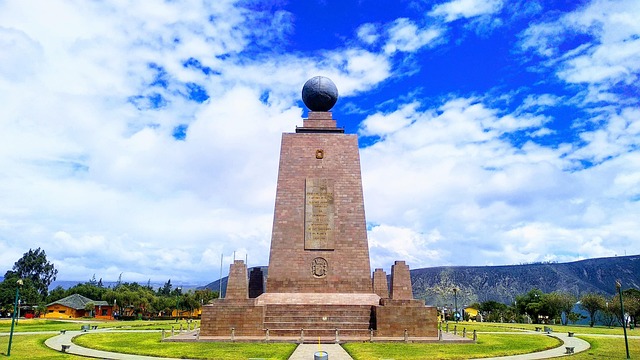
When it comes to wildlife removal, ethical considerations are paramount. As professionals in this field, it’s crucial to balance human safety and property protection with the preservation and well-being of animals. This involves adhering to local regulations and guidelines for handling and relocating wildlife, ensuring that capture and transport methods minimize stress and injury, and promoting sustainable practices that support healthy ecosystems.
Respecting the natural habitat and behavior of wild animals is essential. Whenever possible, non-lethal deterrents should be employed to prevent wildlife from causing damage. If removal becomes necessary, skilled technicians should employ humane traps and capture techniques, carefully assess each situation to determine the best course of action for both the animal and the property owner, and ensure proper care and release or relocation of the wildlife.
Post-Removal Care and Habitat Restoration

After a successful wildlife removal, the focus should shift to caring for the affected area and restoring the habitat. This involves several key steps. First, assess the damage caused by the presence of the wildlife and clean the space thoroughly. Remove any debris, waste, or remnants left behind by the animals, as these can attract more pests or cause further damage. It’s important to ensure a clean and safe environment for both the inhabitants and the ecosystem.
Once the area is cleaned, begin the process of habitat restoration. This might include replanting native vegetation, rebuilding structures like fences or shelters, and enhancing the overall environment to support the return of native wildlife. By prioritizing post-removal care and habitat restoration, we not only help ensure the well-being of the affected area but also promote a balanced and sustainable ecosystem, facilitating the safe coexistence of humans and wildlife.
